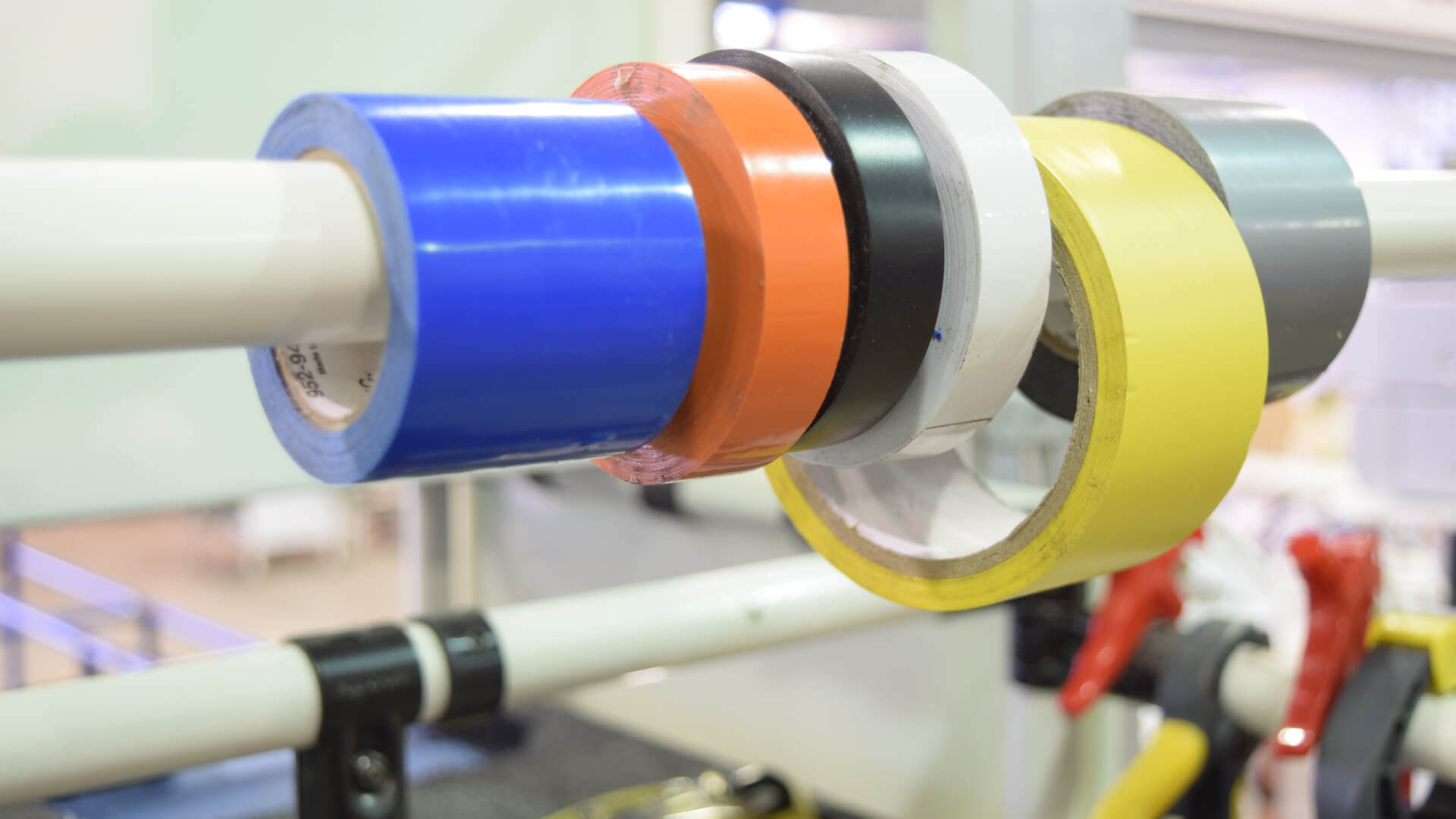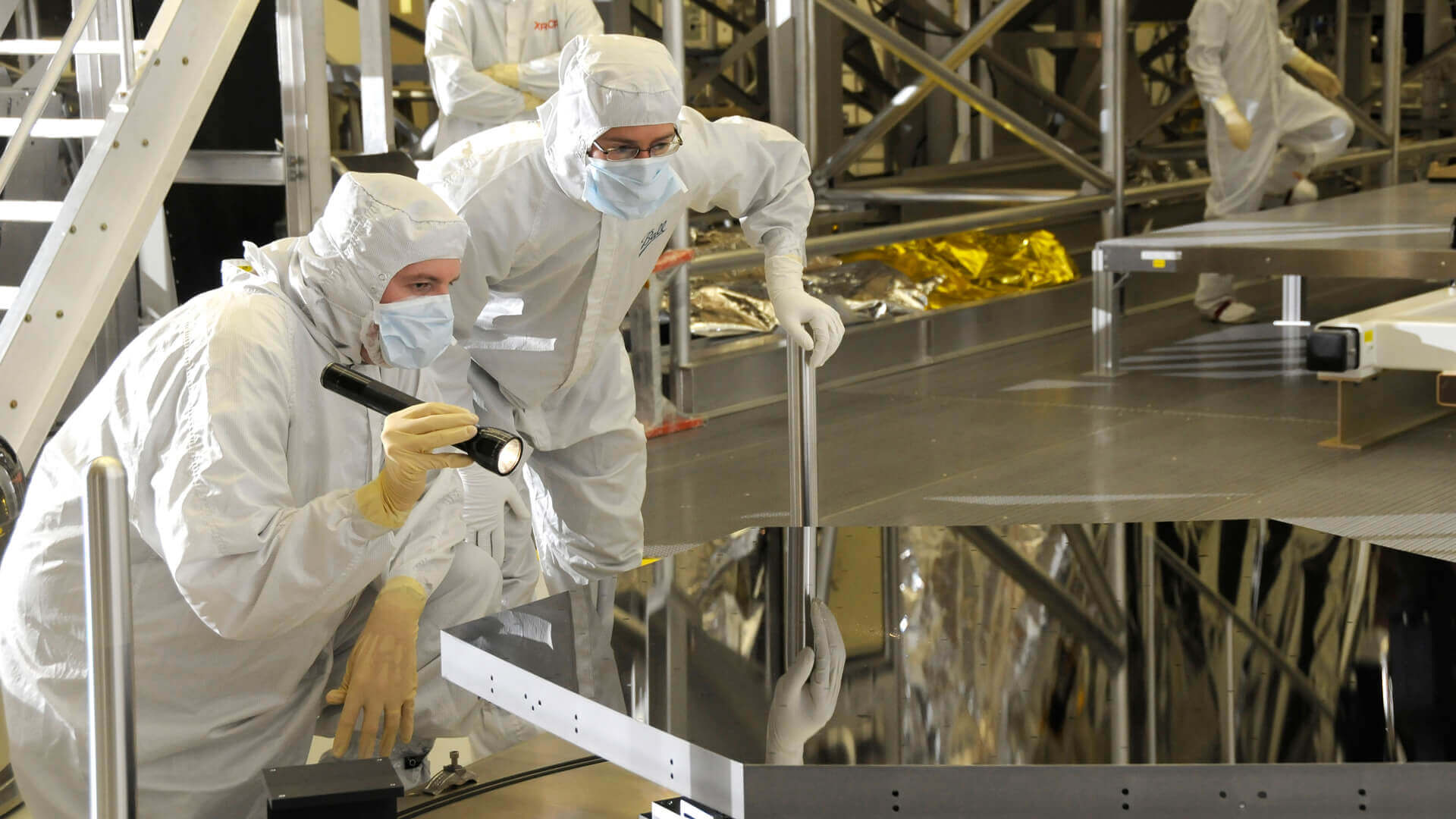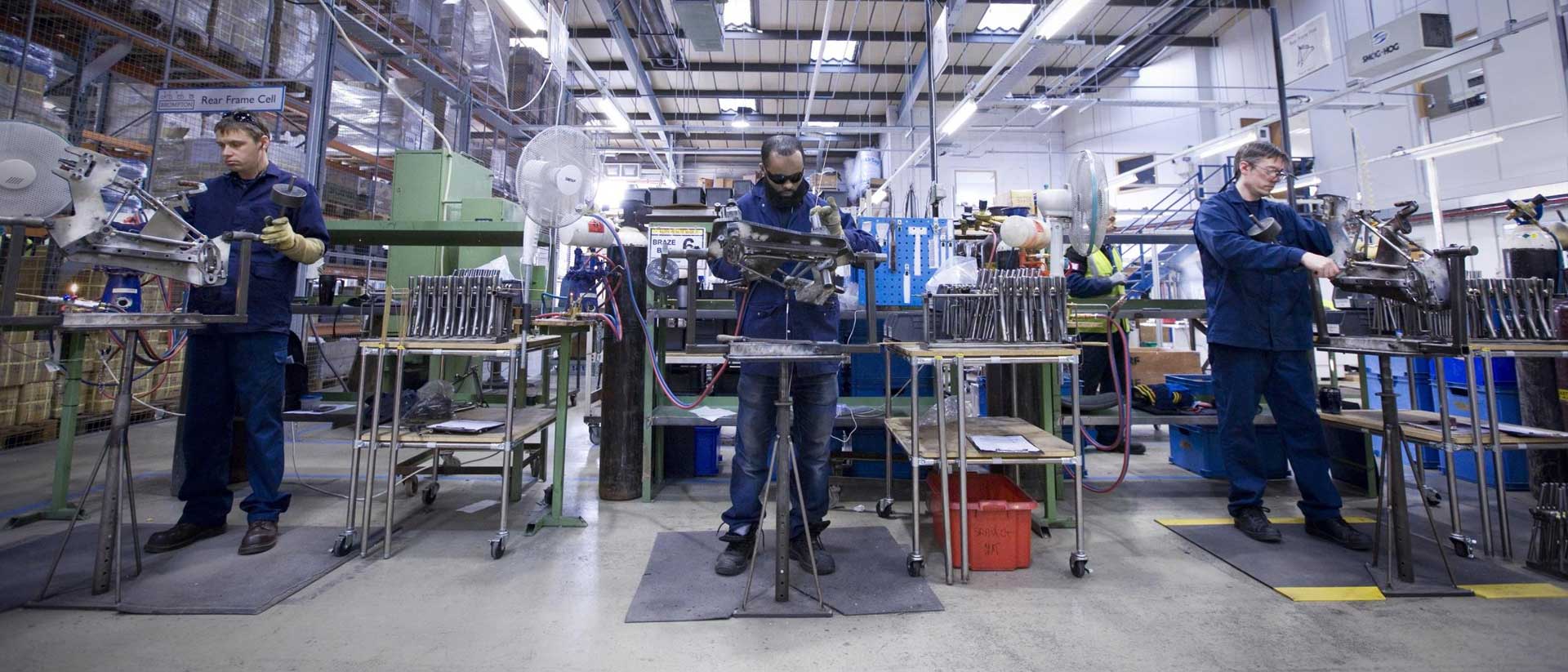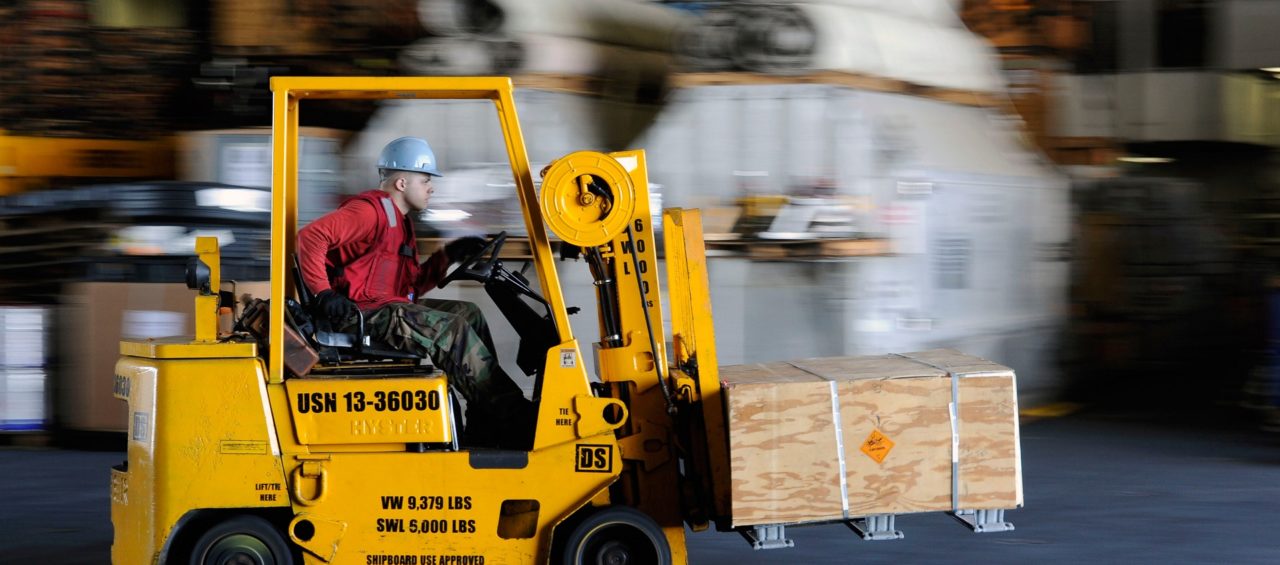
Post
WHAT IS THE 60 SECOND VISUAL WORKFLOW?
Post
MY SHINING EXPERIENCE
Post
10 TIPS TO LIVEN UP STANDARDIZED WORK
The Occupational Safety and Health Administration (OSHA) estimates that there are 34 900 serious injuries, including 85 fatal accidents per year in the United States involving forklifts. 11% of all forklifts will be involved in some accidents each year, and the manufacturing industry is the most affected, with 42.5% of fatal accidents.
Many work-related factors can cause accidents with forklift trucks, such as lack of training, poor maintenance, blocked vision, improper reversing, speed, poorly stacked loads, inadequate communication, or workplace design. In assembly factories, poor floor layout is one of the main factors for forklift accidents.
Creating designated walkways to separate pedestrians and forklifts is a must in the industry. Still, poor workplace design also includes narrow, crowded, and cluttered aisles, working in the general area of forklift operations, and mainly forklift traffic in work areas.
Traffic in work areas occurs when forklifts are used to handle and transport input, work in progress, or output to work cells. Most companies have limited workspace, increasing the risk of accidents. To reduce the risk of accidents, process engineers need to consider handling the material differently. Light materials (less than 2000lbs) can be handled by using jiggers, conveyors, kitting carts, tugger carts, or by redesigning the floor layout and redefining processes. The spaghetti diagram on the right is an excellent tool to review forklift congestion.
Safety is not the only concern for reducing forklift use; maintenance, congestion, flexibility, and productivity also benefit from this change; for example, instead of carrying one load of finished products at a time from a work area to a storage area with a forklift. Tugger carts can be used to carry multiple loads of finished products, including empty carts that can be left in work areas afterward. Furthermore, tugger operators always have a clear view because the loading is done in the back.
Forklifts should be restricted to their designated work areas, where vertical storage is needed or for shipping purposes. This should contribute to the reduction of accidents involving forklifts.